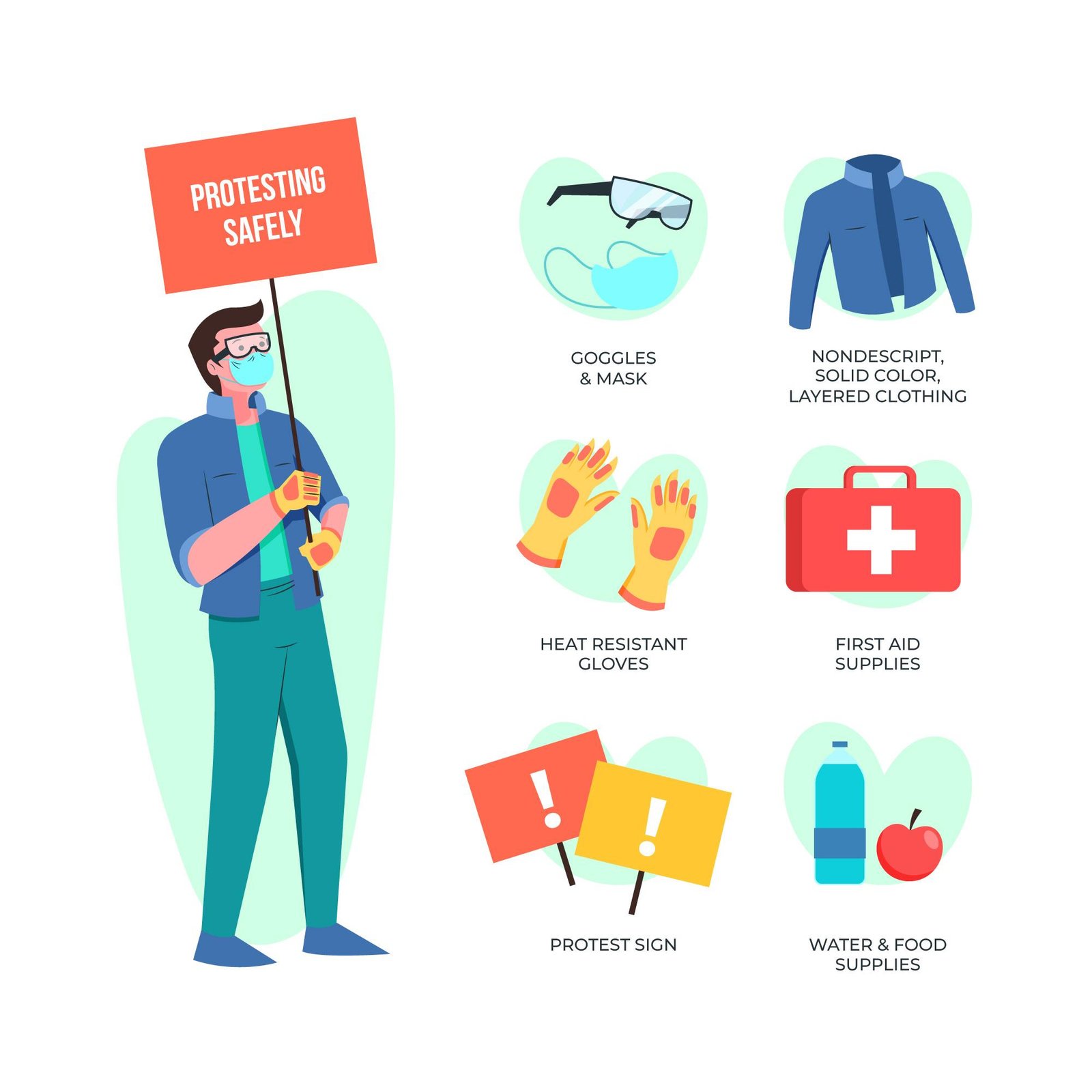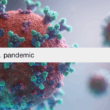
In an era where health crises such as COVID-19 underscore the critical importance of disease prevention, initiatives by organizations like the World Health Organization (WHO) and national health centers play a pivotal role in safeguarding global well-being. Disease prevention encompasses a spectrum of measures aimed at reducing the occurrence and impact of various illnesses, from infectious diseases like COVID-19 to chronic conditions such as heart disease and diabetes. This article explores the significance of disease prevention, strategies for its implementation, and the role of key organizations in promoting public health.
Understanding Disease Prevention
Disease prevention involves proactive measures to decrease the risk of illness and promote overall health and well-being. It encompasses various strategies, including vaccination, health education, lifestyle modifications, environmental interventions, and early detection and treatment of diseases. By addressing both individual behaviors and societal factors that contribute to disease transmission and progression, prevention efforts aim to reduce the burden of illness on communities and healthcare systems.
The Importance of Health Promotion and Prevention
Health promotion and disease prevention are interconnected concepts that focus on empowering individuals and communities to adopt healthy behaviors and lifestyles. Health promotion initiatives aim to enhance awareness, knowledge, and skills to enable people to make informed decisions about their health. By emphasizing preventive measures such as regular exercise, balanced nutrition, and avoiding tobacco and excessive alcohol consumption, health promotion efforts strive to reduce the incidence of preventable diseases and improve overall quality of life.
The Role of WHO in Disease Prevention
The World Health Organization (WHO) plays a central role in global efforts to prevent and control diseases. As the leading international health agency, WHO develops guidelines, provides technical assistance, and coordinates collaborative initiatives to address health challenges worldwide. Through its disease surveillance systems, research endeavors, and capacity-building initiatives, WHO contributes to strengthening health systems and promoting equitable access to healthcare services.
National Centers for Disease Control and Prevention
At the national level, Centers for Disease Control and Prevention (CDCs) play a crucial role in disease prevention and control. These institutions conduct surveillance, research, and public health interventions to mitigate the spread of infectious diseases, respond to health emergencies, and promote health equity. By collaborating with local health departments, healthcare providers, and community organizations, national CDCs implement evidence-based strategies to protect populations from a wide range of health threats.
COVID-19: A Catalyst for Prevention Efforts
The COVID-19 pandemic has underscored the importance of robust disease prevention and control measures. From implementing social distancing and mask mandates to accelerating vaccine development and distribution, countries worldwide have intensified their efforts to contain the spread of the coronavirus. The pandemic has highlighted the need for proactive public health interventions, rapid response mechanisms, and international collaboration to address emerging infectious diseases effectively.
Preventing Chronic Diseases
While infectious diseases often dominate public health discourse, chronic conditions such as heart disease, diabetes, and cancer remain leading causes of morbidity and mortality globally. Prevention strategies for chronic diseases focus on risk factor reduction, early detection, and management of underlying health conditions. By promoting healthy behaviors, facilitating access to preventive services, and implementing population-based interventions, healthcare systems can mitigate the burden of chronic diseases and improve long-term health outcomes.
The Future of Disease Prevention
As the world continues to grapple with health challenges ranging from infectious outbreaks to the rising burden of chronic conditions, the importance of disease prevention cannot be overstated. By prioritizing investments in public health infrastructure, fostering multisectoral partnerships, and harnessing technological innovations, societies can enhance their resilience to existing and emerging health threats. From promoting vaccination campaigns and improving sanitation standards to addressing social determinants of health, comprehensive disease prevention strategies are essential for building healthier and more resilient communities.
Leveraging Technology for Prevention
In the digital age, technology offers innovative solutions to enhance disease prevention efforts. From mobile health applications and wearable devices to telemedicine platforms and artificial intelligence-driven analytics, technological advancements empower individuals to monitor their health, access timely information, and engage in preventive behaviors. By harnessing the potential of technology, healthcare systems can augment disease surveillance, streamline preventive services, and reach underserved populations more effectively, thereby strengthening the resilience of communities against health threats.
Addressing Social Determinants of Health
Social determinants of health, such as socioeconomic status, education, and access to healthcare, significantly influence individuals’ susceptibility to disease and their ability to adopt healthy behaviors. Recognizing the interconnectedness of social, economic, and environmental factors, disease prevention efforts must address underlying inequities and promote health equity. By advocating for policies that support affordable housing, quality education, and economic opportunities, societies can create environments that facilitate health-promoting behaviors and reduce disparities in health outcomes.
Building Resilience Through Community Engagement
Community engagement is essential for the success of disease prevention initiatives, as local knowledge, cultural norms, and social networks profoundly impact health behaviors and outcomes. By involving communities in the design, implementation, and evaluation of prevention programs, stakeholders can foster trust, promote ownership, and tailor interventions to meet the specific needs and preferences of diverse populations. Through partnerships with community-based organizations, religious institutions, and grassroots movements, public health agencies can mobilize collective action, strengthen social cohesion, and build resilience against health threats at the grassroots level.
Strengthening Healthcare Infrastructure
A robust healthcare infrastructure is essential for effective disease prevention and control. Investments in healthcare facilities, workforce training, and medical supplies bolster the capacity of health systems to respond to emergencies, deliver preventive services, and provide timely treatment to those in need. By enhancing access to primary care, diagnostic tools, and essential medications, healthcare infrastructure ensures that individuals receive the preventive interventions and healthcare services necessary to maintain their health and well-being.
Empowering Individuals Through Health Literacy
Health literacy plays a critical role in disease prevention by enabling individuals to understand health information, make informed decisions, and advocate for their own well-being. By promoting health literacy through educational programs, multimedia resources, and community outreach efforts, public health agencies empower individuals to adopt healthy behaviors, adhere to preventive measures, and navigate the complexities of the healthcare system. By fostering a culture of lifelong learning and empowerment, health literacy enhances individuals’ ability to protect themselves and their communities from a wide range of health threats.
Fostering Global Collaboration and Solidarity
In an interconnected world, disease prevention requires international cooperation and solidarity among nations, organizations, and stakeholders. By sharing knowledge, resources, and best practices, countries can strengthen their collective capacity to detect, prevent, and respond to health emergencies, including pandemics and infectious outbreaks. Through multilateral initiatives, diplomatic efforts, and collaborative research endeavors, the global community can address cross-border health challenges, promote equitable access to healthcare, and advance the shared goal of achieving health for all.
Integrating Behavioral Science in Prevention Strategies
Behavioral science offers valuable insights into human behavior, decision-making, and motivation, which can inform the design and implementation of effective disease prevention strategies. By applying principles from psychology, sociology, and economics, public health practitioners can develop interventions that address barriers to preventive behaviors, leverage social norms, and promote sustainable behavior change. By incorporating behavioral science approaches into prevention efforts, stakeholders can enhance the effectiveness and reach of interventions, ultimately improving health outcomes and reducing the burden of disease.
Prioritizing Early Intervention and Screening Programs
Early intervention and screening programs play a crucial role in disease prevention by enabling the early detection and treatment of health conditions before they progress to more severe stages. By offering routine screenings, diagnostic tests, and preventive services, healthcare providers can identify risk factors, detect diseases in their early stages, and implement timely interventions to mitigate their impact. By prioritizing early intervention and screening programs, public health agencies can reduce morbidity, mortality, and healthcare costs associated with preventable diseases, ultimately improving population health and well-being.
Promoting Environmental Sustainability for Health
Environmental sustainability and public health are interconnected, as environmental factors influence individuals’ health outcomes and well-being. By promoting sustainable practices such as clean air and water, safe food systems, and green spaces, public health agencies can reduce the risk of environmental hazards and protect communities from preventable diseases. By advocating for policies that prioritize environmental sustainability, stakeholders can address the root causes of health disparities, promote health equity, and create environments that support healthy living for all.
Harnessing Data Analytics for Surveillance
Data analytics plays a crucial role in disease prevention by enabling real-time monitoring of disease trends, identification of high-risk populations, and evaluation of intervention effectiveness. By leveraging advanced analytics techniques such as machine learning and predictive modeling, public health agencies can analyze vast amounts of data from sources like electronic health records, social media, and wearable devices to detect outbreaks early, track disease transmission patterns, and inform targeted prevention strategies. By harnessing the power of data analytics, stakeholders can enhance the efficiency and precision of disease surveillance efforts, ultimately improving public health outcomes.
Strengthening Policies for Health Promotion
Effective policies are essential for creating environments that support healthy behaviors and lifestyles. By implementing evidence-based policies related to areas such as tobacco control, nutrition standards, and physical activity promotion, governments can create conditions that facilitate disease prevention and health promotion at the population level. By advocating for policy changes, stakeholders can address systemic barriers to health, promote social and economic equity, and create sustainable environments that empower individuals and communities to make healthier choices. Strengthening policies for health promotion is essential for achieving lasting improvements in population health and well-being.
Investing in Research and Innovation
Research and innovation drive progress in disease prevention by generating new insights, technologies, and interventions to address emerging health challenges. By investing in research infrastructure, funding scientific studies, and supporting interdisciplinary collaborations, stakeholders can advance knowledge in areas such as vaccine development, infectious disease transmission, and chronic disease prevention. By fostering a culture of innovation, public health agencies can accelerate the translation of research findings into actionable strategies, improve health outcomes, and respond effectively to evolving health threats. Investing in research and innovation is crucial for staying ahead of emerging health challenges and ensuring continued progress in disease prevention.
Conclusion
Disease prevention is a cornerstone of public health, encompassing a wide array of strategies aimed at reducing the burden of illness and promoting well-being. From the efforts of global organizations like the World Health Organization to the initiatives led by national centers for disease control and prevention, collaborative action is essential to address health challenges effectively. By prioritizing health promotion, early detection, and proactive interventions, societies can enhance their resilience to infectious outbreaks, chronic diseases, and other health threats, paving the way for a healthier future for all.
In conclusion, disease prevention is not only a public health imperative but also a moral and economic imperative. By investing in preventive measures and prioritizing health promotion efforts, we can build healthier, more resilient communities and pave the way for a brighter and healthier future for generations to come.



